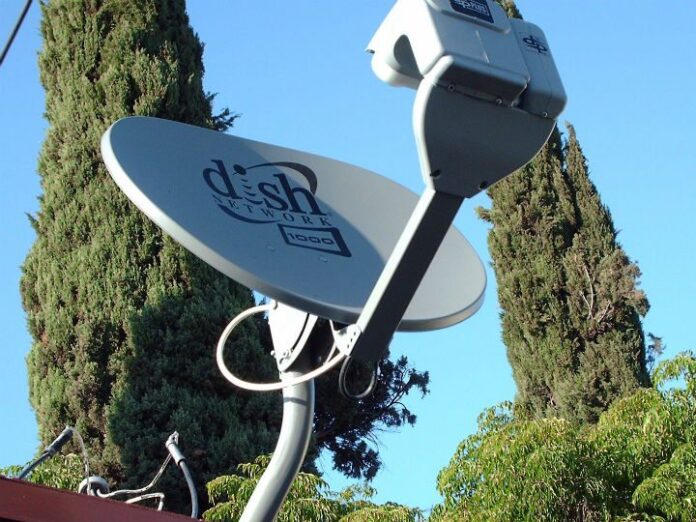Divestiture of Sprint/T-Mobile US assets gives DISH market entrée
The U.S. Department of Justice last week removed a major barrier to finalization of Sprint and T-Mobile US’ plan for a $26 billion merger. Including in the consent decree are conditions that require Sprint to get rid its Boost Mobile, Virgin Mobile and other prepaid operations, 800 MHz spectrum licenses and provide a new facilities-based carrier access to 20,000 cell sites and hundreds of retail locations. The beneficiary of that divestiture is DISH Network.
For a little more than two years, DISH Co-Founder and Chairman Charlie Ergen has outlined his plan to use the company’s vast spectrum portfolio to follow a two-phase entrance into the wireless market. First, spending $1 billion to construct a nationwide NB-IoT network followed by a $10 billion investment in a standalone, nationwide 5G network.
DISH on Monday reported its second quarter financials and executives gave updates on their wireless strategy given the dynamics playing out in the larger market.
Ergen compared the future DISH brand to Netflix in terms of pairing content with multiple forms of distribution beyond satellite TV. “We don’t have any marketing limitations,” he said. “As we build our own network out, we are going to build our first cities, and when you’re in our city, you’re in our network, but outside of our footprint, you will seamlessly roll onto the T-Mobile service.”
In the early days of New T-Mobile, as DISH is building, it will essentially use the New T-Mobile networks, both LTE and 5G, through an MVNO arrangement.
In the long-term, “We are going to build this network out. You read about 5G and read about what others are going to do with 5G, but the reality is that it can do so much more, and it’s about the infrastructure you can build around it. We get to use the old, and we get to build the new one. Our build out will be where the towers are most used, and people are using data. We will build highly efficient towers, longer-term, we will build out the more rural towers.”
Ergen has previously discussed his plan to skip over non-standalone 5G, which uses an LTE core with an upgrade to the radio access network, and go straight to standalone 5G, which contemplates a new end-to-end infrastructure and support network slicing–the on-demand delivery of bespoke data pipes that provide optimal network and spectrum support for the target application.
To that point, he said, “We will be able to slice our network in any number of ways. One of the big slices will be our own retail business and we will be able to compete. We know we can compete on a timely basis now. We have the ability to lease out 35 percent of our network, and we can get 125 million subscribers, and we still have room to put 5G where it is best used whether that’s industry, healthcare or whatever.”
As DISH looks to use 5G to address “whatever,” for the second quarter of 2019 the company reported a net loss of 31,000 pay TV subscribers, including a loss of some 79,000 satellite TV customers and a gain of 48,000 Sling TV customers. In the same quarter a year ago, DISH reported a net loss of 151,000 pay TV subscribers. For Q2 DISH’s revenue was down 7% year-over-year to $3.21 billion.
Click here for recent commentary from T-Mobile US executives regarding the merger and their relationship with DISH.

